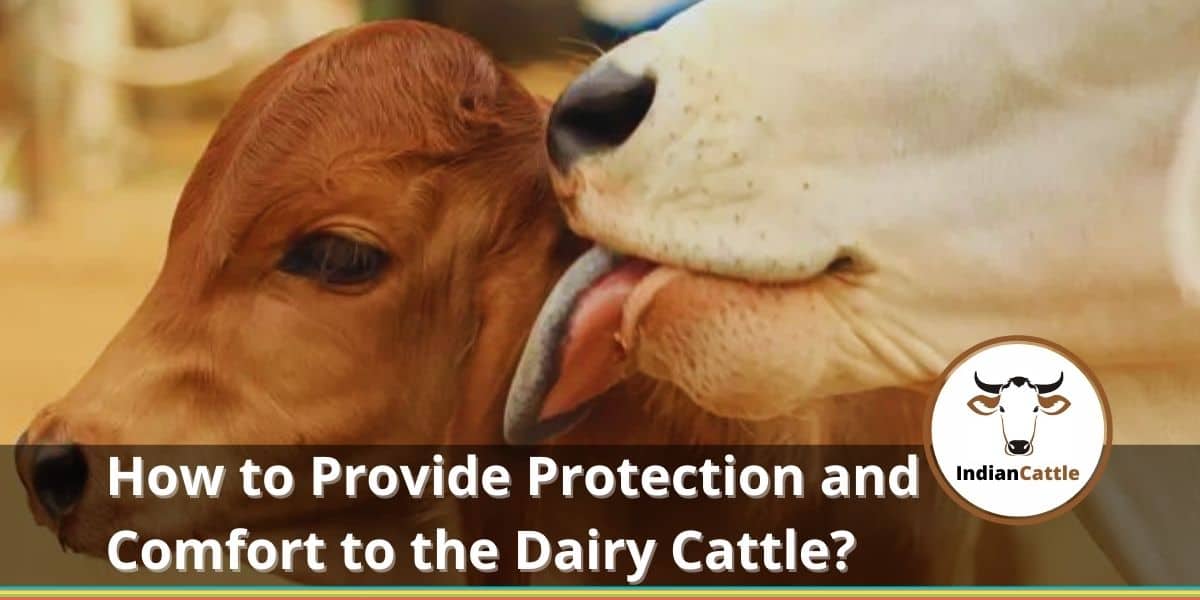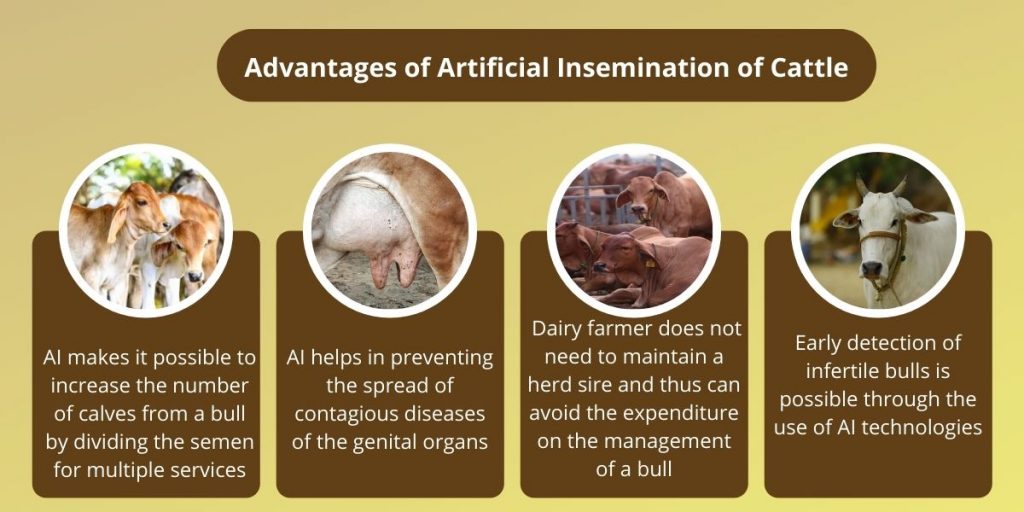
How to Provide Protection and Comfort to the Dairy Cattle?
Cow Protection and Comfort
Dairy animals form the foundation of the dairy industry. For the farmers, dairy cattle is a source of living while for the consumers, a vital part of their daily nutrition. Hence, these animals need to be protected and taken care of to remain healthy and in production. They must be safeguarded against harsh sunlight, shallow and high temperatures, strong winds, heavy rainfall, snowfall, frost, excessive humidity, parasites and bacteria, and anything that could hinder their performance and health. Inappropriate housing, scanty water sources and ventilation, unsuitable bedding, overcrowding, and uncomfortable conditions cause damaging effects to the animals such as increased susceptibility to infections and lowered productivity.
Detailed attention must be paid to factors like flooring, bedding material and resting place, the position of water and feed managers, bulk stock, and tracing herd movements while considering aspects like housing, management and welfare of the animals. A safe environment should be created for animals that promote their health, nourishment, and comfort. Let’s go through a few good practices conducive to cow protection and comfort.
- All the housing areas, barns, shelters, or pens must be designed in a way that provides maximum comfort to animals and fosters their well-being and production.
- During the summer when the temperature remains high, sometimes rising to 48°C, the animals must be kept under a dense shelter, say a tree shade, in an open pen leaving the sides open for aeration
You may also like to read: How do we Keep Dairy Cattle Cool in the Summer??
- While in the winters when the temperature dips down as low as 0°C or seldom even below, an enclosed shelter, leaving no space for the harsh winds to pass across, must be built for the animals to protect them against the storm, rainfall and snowfall. Warm and dry bedding made out of straw, sand, wood shavings or dried manure solids should be prepared for the animals to inhibit the growth of any bacterial infections, along with an adequate supply of feed and water to keep them fit and active. As the temperature rises and the atmosphere becomes a little warm, an open paddock may be provided additionally for the animals to move around.
- Animals should be tended in enclosed pens during prolonged heavy rainfall or bad and stormy weather to prevent them from becoming wet in water and catch unwanted diseases.
- Animals must not be kept tethered for an extended They must be set free for 2 to 4 hours every day to stimulate physical movement and mingle with other herd-mates. Physical activities and grazing in an open field help the animals stay fit, energized and happy for a more extended period.
- The ropes used in tying the animals should be long enough to enable comfortable standing, lying, and turning around, with a space of at least 4 ft. between two adult animals.
- The chained animals must be supplied with sufficient, fresh drinking water 3 to 6 times or more a day, depending on weather conditions.
- In the coastal regions, the shed of the housing should be laid in the prevailing direction of the winds to prevent the rooftop from blowing off, while leaving space for air movement. In the dry, hot areas, the housing should be located to use natural ventilation and sunlight. The best placement in the coastal region and places where the average temperature remains 30°C or more for over five hours a day is from the east toward the west. And for the humid areas, the preferred orientation is north toward the south.
- Shelters and housing must allow ample air movement and natural light. Dust particles and gas penetration should be maintained at a minimum level to not cause any harm to animals.
- Sick animals must be grouped away from the rest of the healthy herd, in a separate barn to prevent the spreading of infection or disease. They must be treated carefully and provided with adequate feed, water, medicine and medical treatment.
- Shelters or pens must be built on low-lying areas specifically away from sloppy or steep locations.
Conclusion
It is an absolute responsibility of the dairy farmer to create a happy environment for the cattle and a housing that is comfortable, hygienic, dry, and that guards them in all weather conditions. It should be built in a way that allows mobility to the animals and at the same time, doesn’t hold any of injury or disease.
Read more about: Advantages & Limitations of Artificial Insemination (AI) in Dairy Cattle

